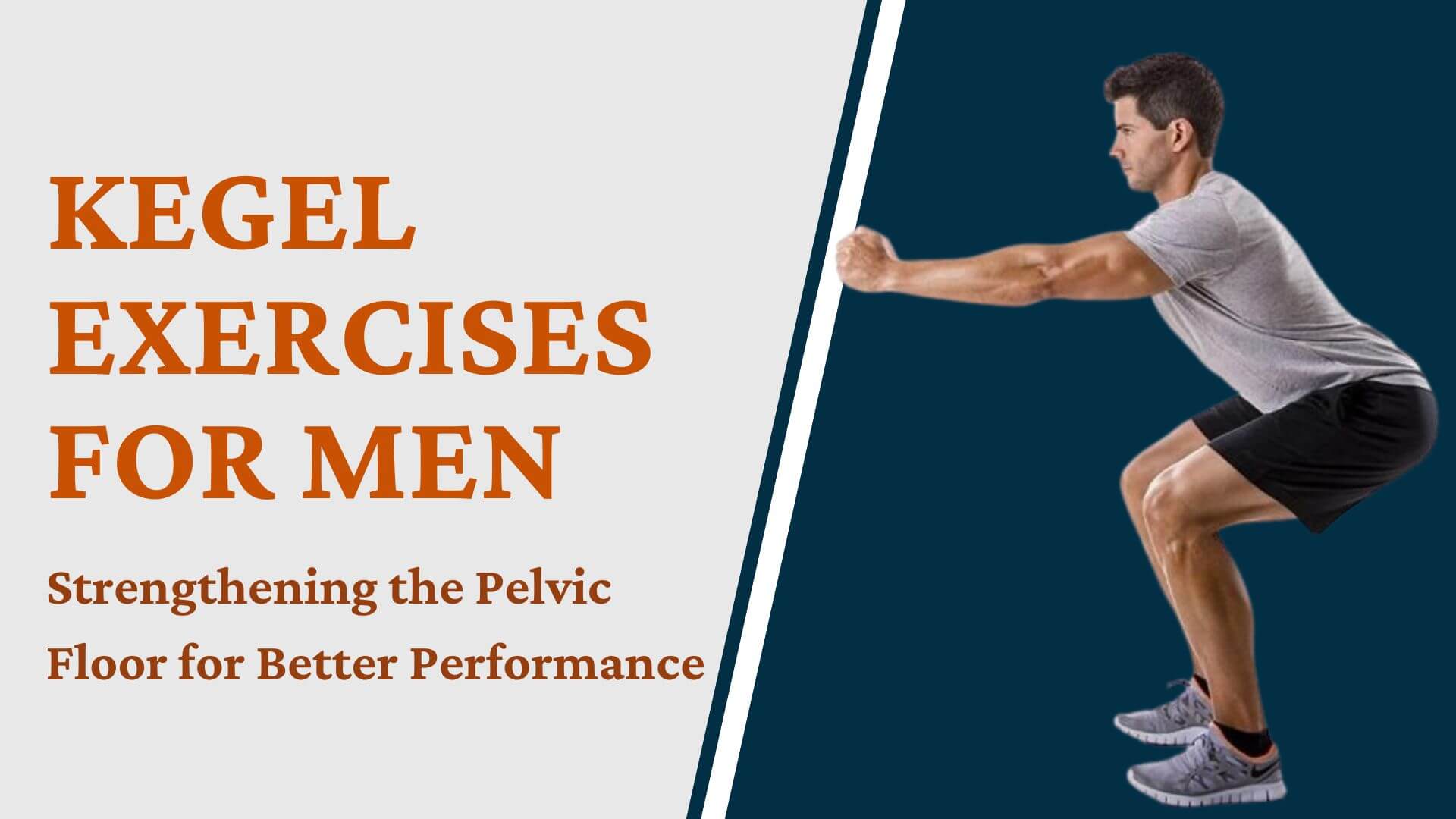You’ve likely heard about Kegel routines for women — but what about for men?
Some studies indicate these pelvic floor–strengthening moves can help restore bladder control after prostate operations. For certain men, they may also assist in treating erectile dysfunction and curbing premature ejaculation. They could even heighten the intensity of your orgasms.
Read on to discover more about these straightforward exercises and how to weave them into your everyday habit.
What are Kegel exercises?
Kegel exercises are also referred to as pelvic floor muscle training (PFMT). They focus on the muscles of your pelvic floor, commonly called the pubococcygeal (PC) muscles.
Both males and females possess PC muscles. These muscles support pelvic organs such as the urethra, bladder, and bowel. They keep organs in place, aiding good bladder control and sexual performance.

What happens to your PC muscles over time?
In youth, your PC muscles are generally firm and resilient. With aging, they may weaken and stretch. They can also become overly relaxed or feeble following pregnancy and childbirth, prostate surgery, bladder or bowel issues, or other causes.
This weakening can negatively affect bladder control and sexual health. But just as you can build arm or leg strength through regular workouts, you can fortify your PC muscles with Kegel exercises.
How can Kegel exercises help women?
Dr. Arnold Kegel first devised Kegel exercises in the late 1940s to help women regain bladder control after childbirth.
Since that time, numerous studies have shown Kegel exercises can address several conditions in women. For instance, a research review indicates they can improve urinary continence in women. Another study in the World Journal of Urology suggests they may treat not only stress urinary incontinence but also pelvic organ prolapse and sexual dysfunction in women.
How can they help men?
Fewer studies have focused on Kegel exercises in men, but the initial results are encouraging.
For example, a review in Urology suggests Kegel routines can assist with stress incontinence in men following prostate surgery. They may also help with overactive bladder symptoms and improve sexual function in some men.
Can Kegel exercises improve your sex life?
Kegel training could offer sexual advantages for both women and men. Researchers writing in the International Urogynecology Journal note several studies have associated pelvic floor muscle training with enhanced sexual function in women. Research published in Sexual Medicine Reviews indicates they may also help address sexual dysfunction in men. More specifically, they might improve erectile function, control over ejaculation, and orgasm intensity in men with chronic prostatitis or chronic pelvic pain syndrome.
How can you do Kegel exercises?
Men and women perform Kegel exercises in essentially the same manner.
The first step is locating your PC muscles. You can identify these while urinating: stop your urine midstream. The muscles you contract to stop the flow are your PC muscles. They’re the same ones you use to prevent passing gas. If you’re male, your testicles will also lift when you contract them.
Try the easiest Kegel exercise
After you’ve located your PC muscles, practice tightening them. Contract and hold the PC muscles for 5 to 20 seconds, then relax. Repeat this simple move 10 to 20 times consecutively, three to four times daily. Gradually increase the number of contractions and the duration of each hold.
Over weeks and months, this straightforward routine can strengthen your PC muscles, which may enhance bladder control and sexual function.
Add variety to your workout
You can also experiment with variations on the basic exercise. For instance, contract and release the PC muscles rapidly several times in a row, or practice very slow contractions. You can change positions too — perform Kegels while standing, sitting, or lying down.
While exercising, avoid tightening other muscles such as your abdomen, buttocks, or thighs. Don’t hold your breath. Keep the rest of your body relaxed and still while breathing normally.
They cost you nothing to try
Kegel exercises are low-risk, simple to do anywhere, and free to attempt. What’s there to lose?
Talk with your doctor about whether Kegel exercises might suit you. Adding several sets to your daily routine could help you regain urinary control, boost erectile function, and prevent premature ejaculation. In some instances, your doctor may recommend combining Kegel training with other treatments, such as medication or bladder retraining.


















Leave a Reply
You must be logged in to post a comment.